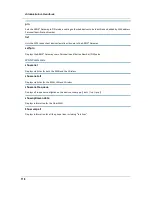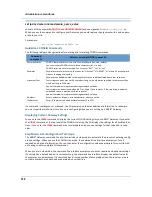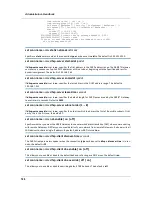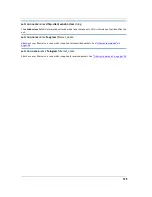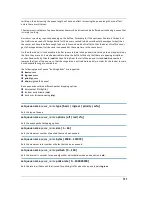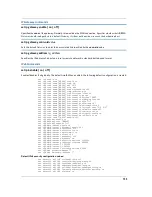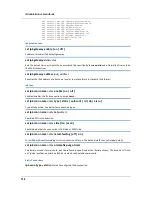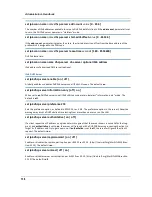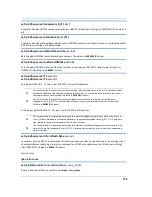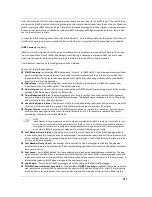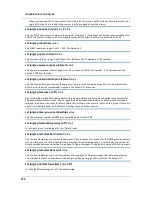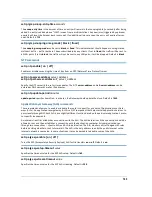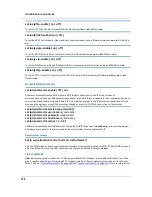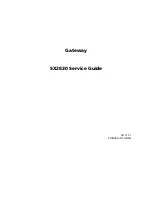
131
tail-drops, then increasing the queue length will have no effect. Increasing the queue length has no effect
unless there are tail-drops.
The maximum size/bytes of a queue balances how much burstiness can be buffered versus having a queue that
is simply too long.
Burstiness smoothing
requires queueing up the buffers. For example, if the upstream line rate is 1mbps, but
the traffic source sends 100mbps bursts for 10ms every second (which coincidentally averages 1mbps) then
the router will have to buffer enough (about a full second worth of traffic) so that the burst of traffic doesn't
get tail-dropped when it arrives and is enqueued at the same time in the same burst.
On the other hand, it is undesirable to buffer too much data in the queue(s) since the packets may be stale by
the time they are sent. It may be desirable to drop the traffic sufficiently that there are queuing disciplines
such as Random Early Discard (
red
) that don't drop from the tail of the queue. Instead,
red
drops packets
towards the front of the queue, so that the congestion is noticed more quickly in order for the sender to scale
back bandwidth usage to avoid drops.
the following types of queue “building blocks” are supported:
basic
queue
ingress
queue
priority
queue
wfq
(weighted fair queue)
Basic queues have three different packet dropping options
byte|packet fifo (bpfifo)
random early discard (
red
)
stochastic fairness queuing (
sfq
)
set queue name
queue_name
type [ basic | ingress | priority | wfq ]
Sets the type of queue.
set queue name
queue_name
options [ off | red | sfq ]
Sets the queue packet dropping options.
set queue name
queue_name
size [ 1... 64 ]
Sets the maximum number of packets that can be enqueued.
set queue name
queue_name
bytes [ 2048... 131072 ]
Sets the maximum total number of bytes that can be enqueued.
set queue name
queue_name
perturb [ 0... 100 ]
Sets the interval in seconds for queue algorithm perturbation when queue option is
sfq
.
set queue name
queue_name
police-rate [ 0... 100000000 ]
Sets the rate in milliseconds that is used for policing traffic when the queue type is
ingress
.
Summary of Contents for NVG595
Page 10: ...Administrator s Handbook 10 ...
Page 65: ...65 ...
Page 68: ...Administrator s Handbook 68 ...
Page 84: ...Administrator s Handbook 84 The following is an example log portion saved as a TXT file ...
Page 90: ...Administrator s Handbook 90 ...
Page 185: ...185 Please visit http www ARRIS com recycle for instructions on recycling ...
Page 210: ...Administrator s Handbook 210 ...
Page 220: ...Administrator s Handbook 218 ...
Page 224: ...Administrator s Handbook 222 ...
Page 226: ...Administrator s Handbook 224 ...


